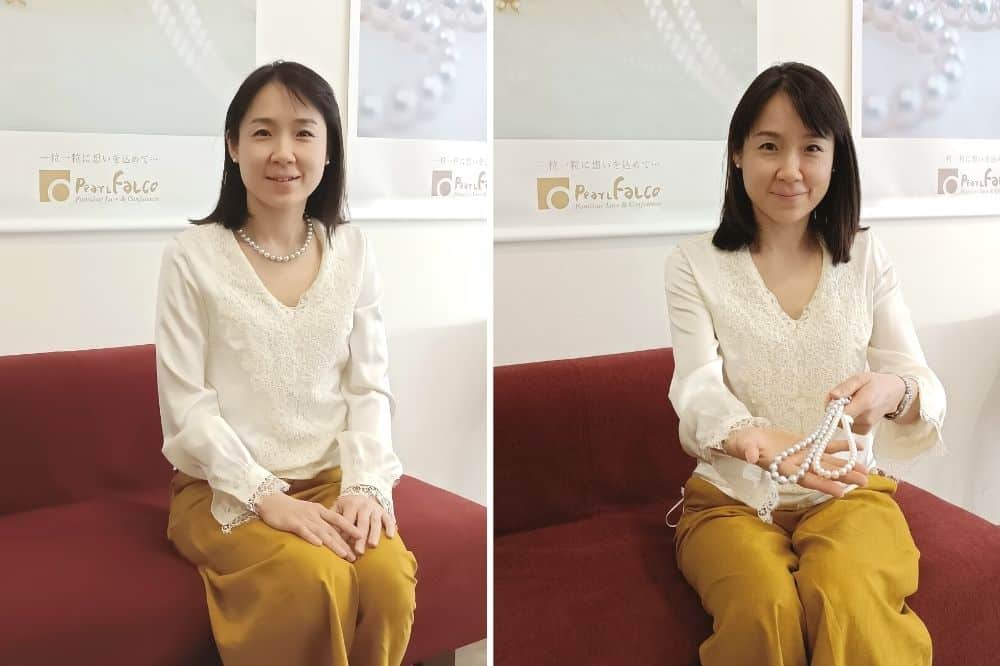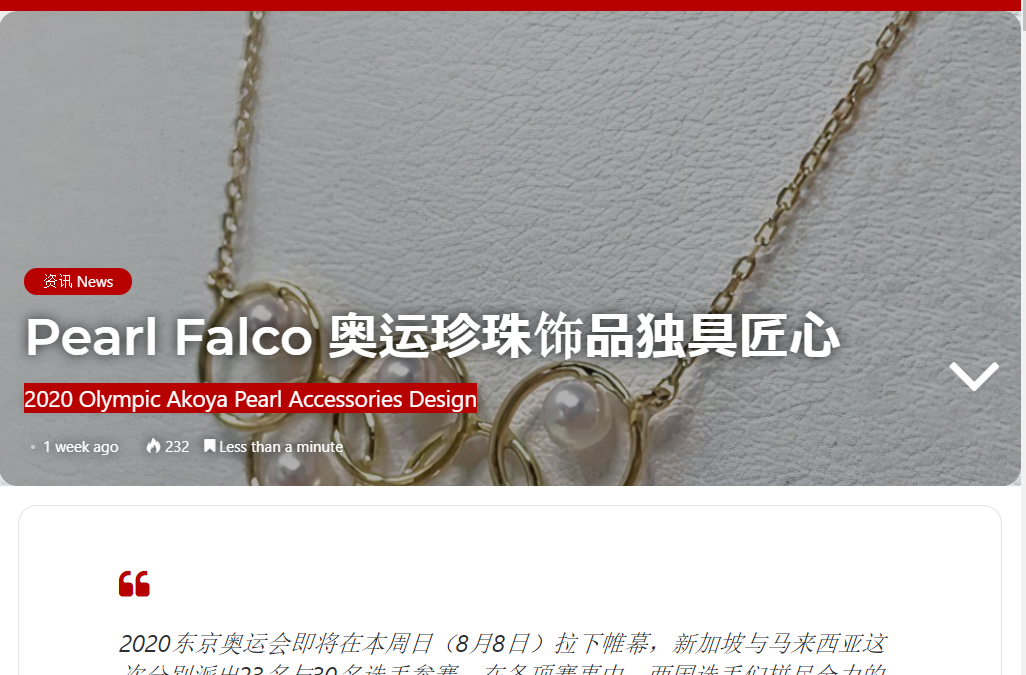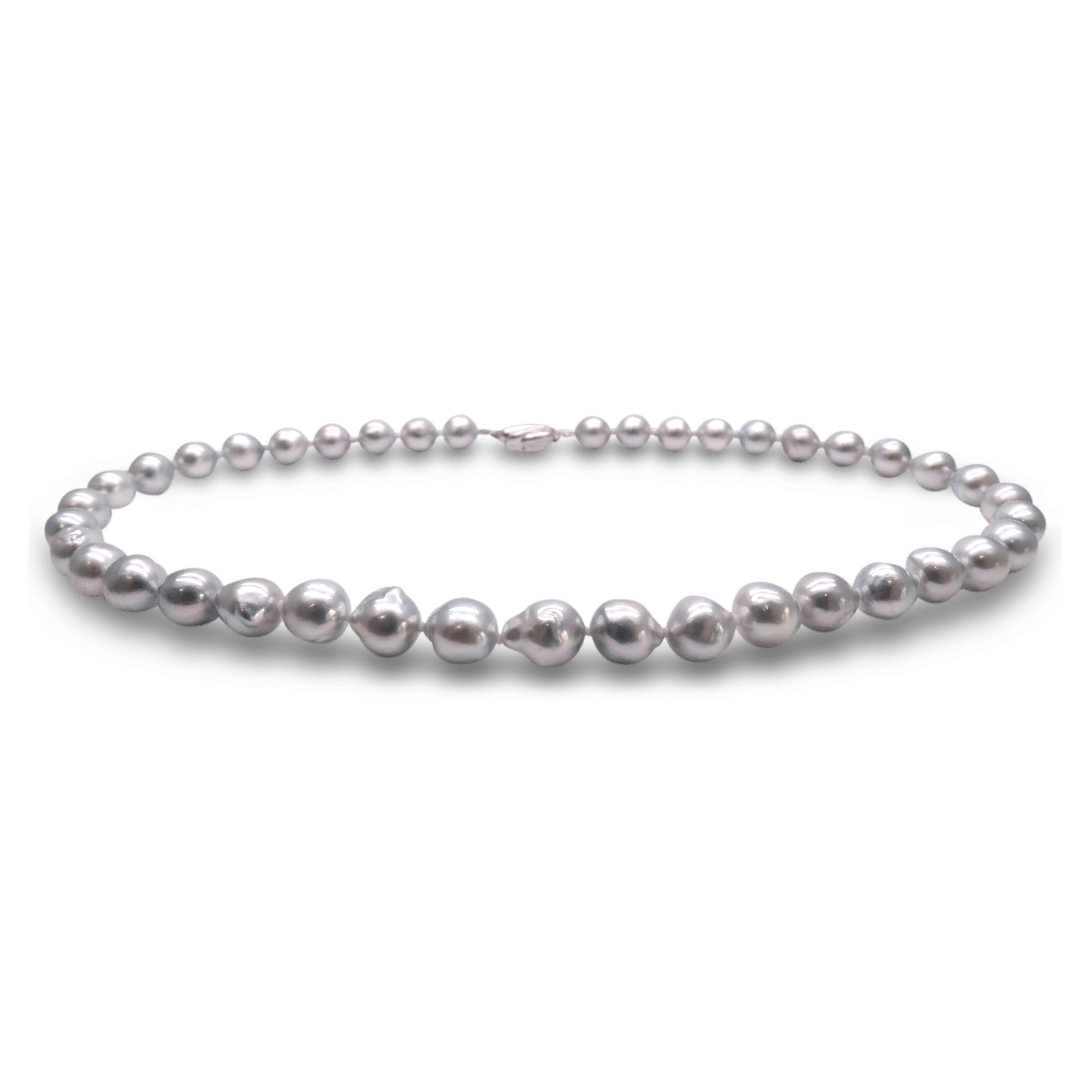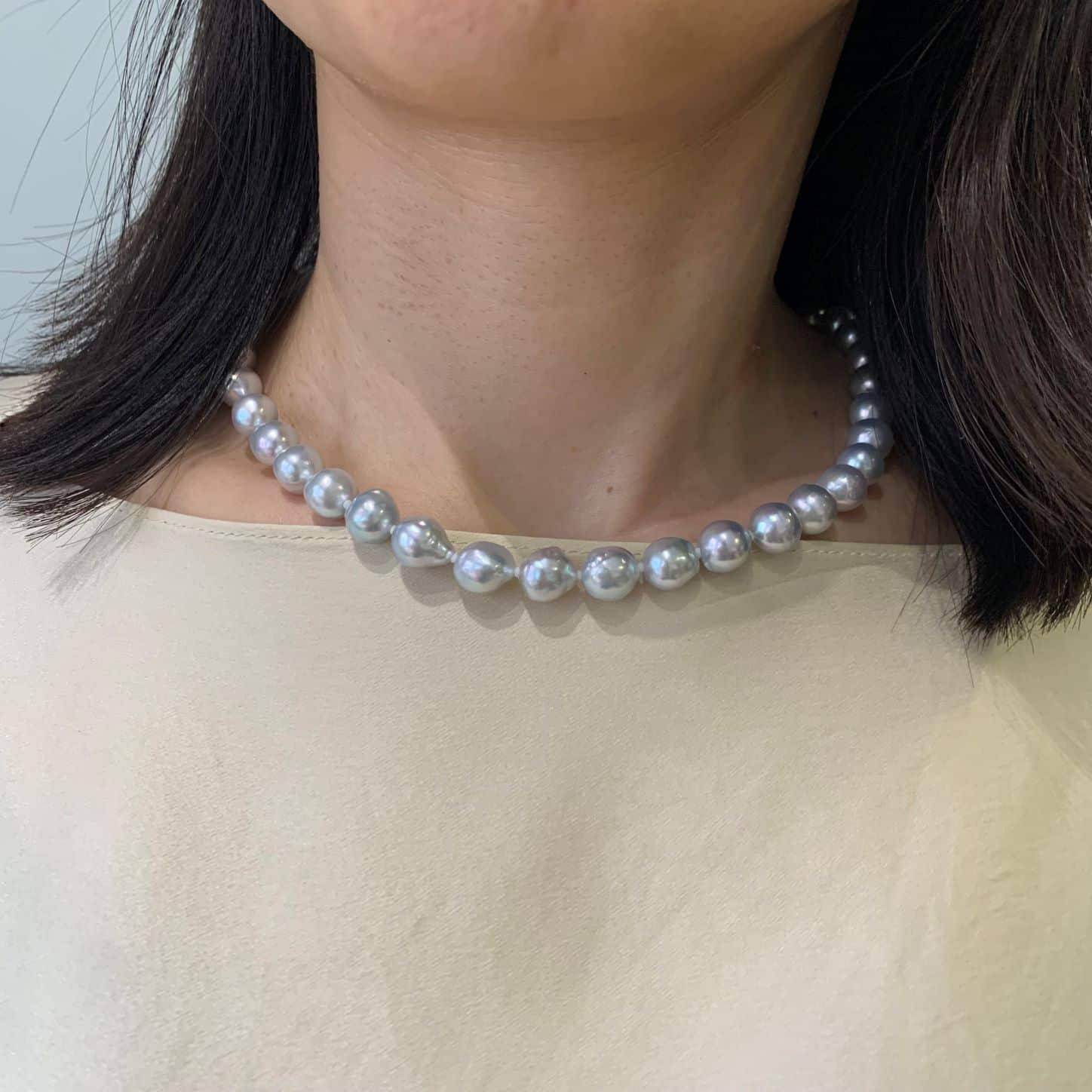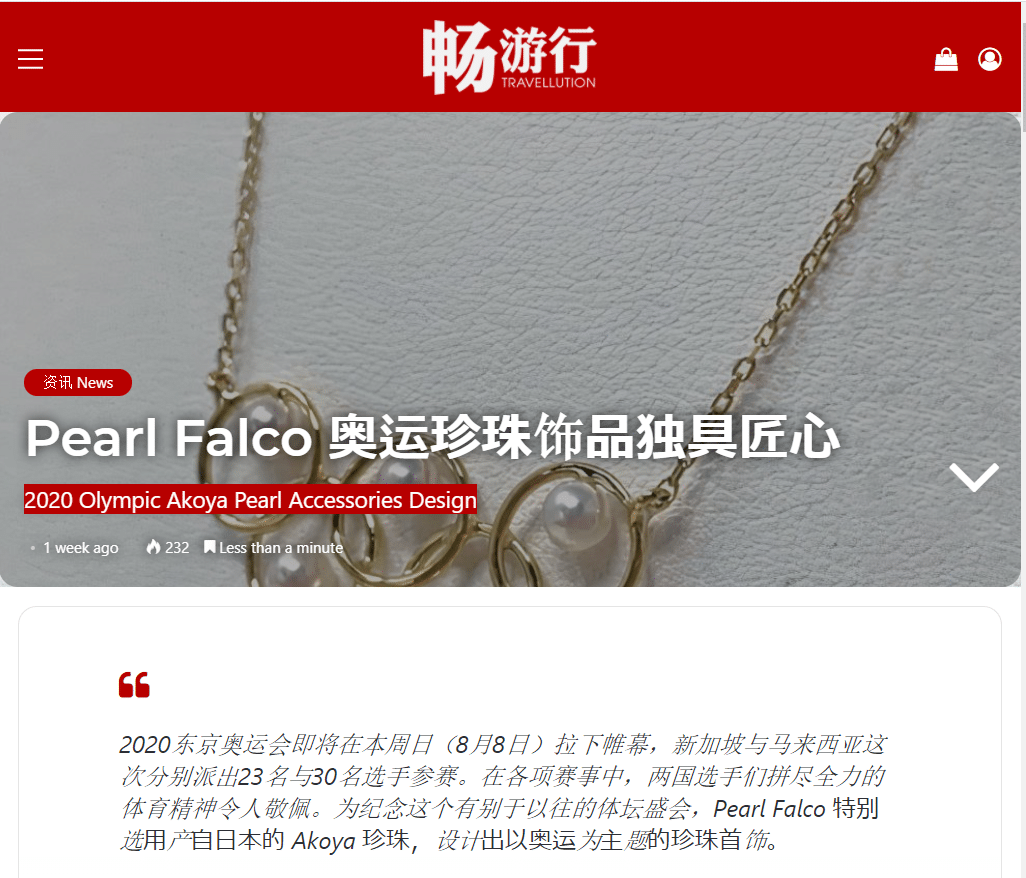
Pearl FALCO is greatly honored to be featured in one of Singapore’s most popular Chinese Travel Magazines – Travellution 畅游行 – discussing some of Pearl FALCO’s latest Akoya pearl designs, pearl cultivation and Ise Shima Japan.
— This Is an English Translation of the Original Chinese Article —
The 2020 Tokyo Olympics came to an end Sunday, August 8th 2021. Singapore and Malaysia sent 23 and 30 athletes respectively, to compete this time. In all competitions, the sportsmanship of the athletes from both countries was admirable. To commemorate this unique sporting event, Pearl FALCO integrated Akoya pearls cultivated in Japan to design and craft “Olympic Themed” Akoya pearl jewelry.
Author: 陈素彬 Pictures: Headquarters, Pearl FALCO, Unsplash, etc.
Pearl FALCO designed pins for badminton, table tennis, baseball and other ball sports in cooperation with the Olympic Games and incorporated pearls into the Olympic rings logo to form a string of bracelets. In addition, Pearl FALCO also posted the Olympic Five Ring logo arranged with pearl bracelets on social media. What interesting and creative ideas for the 2020 Tokyo Olympics!
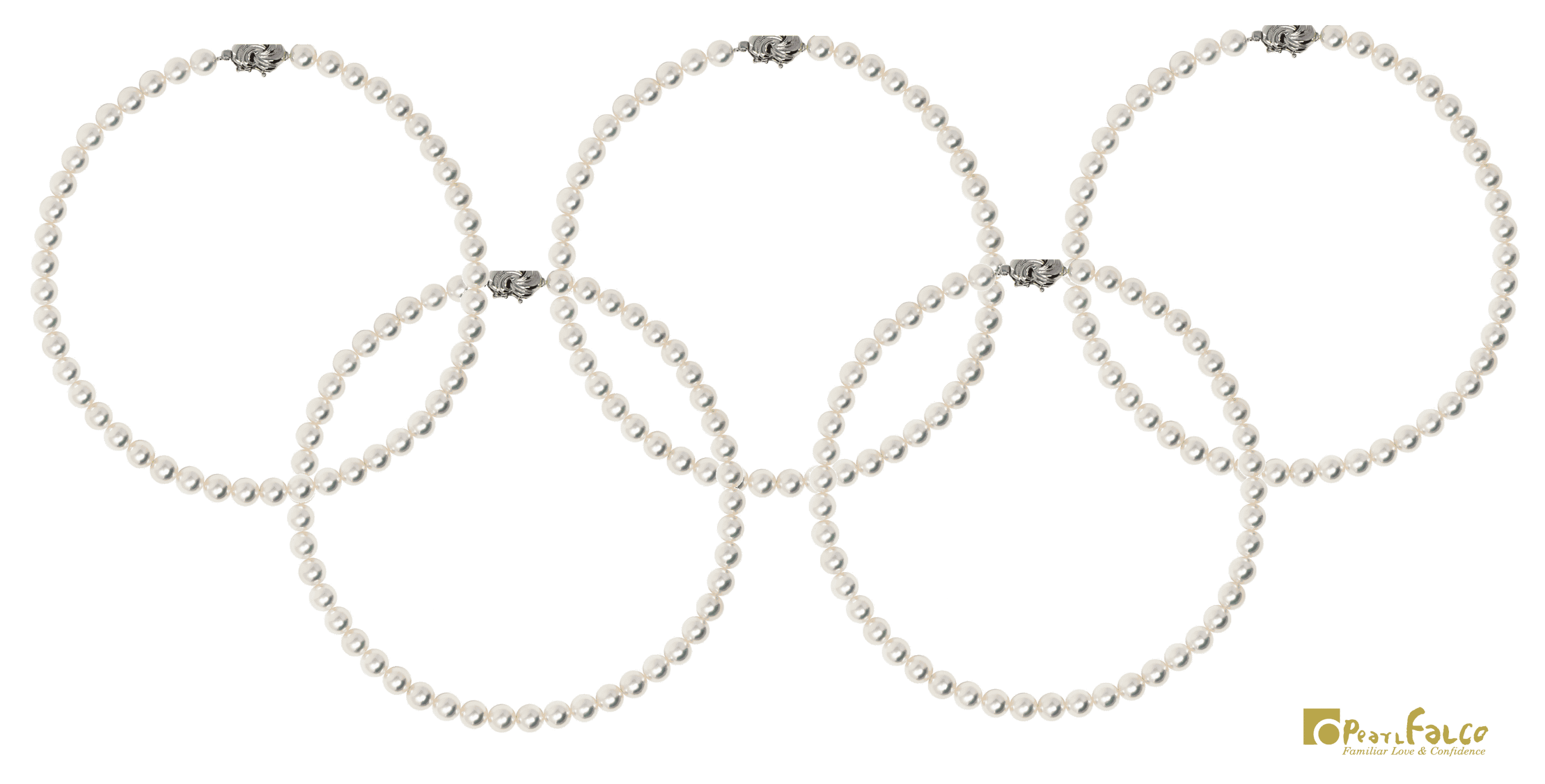
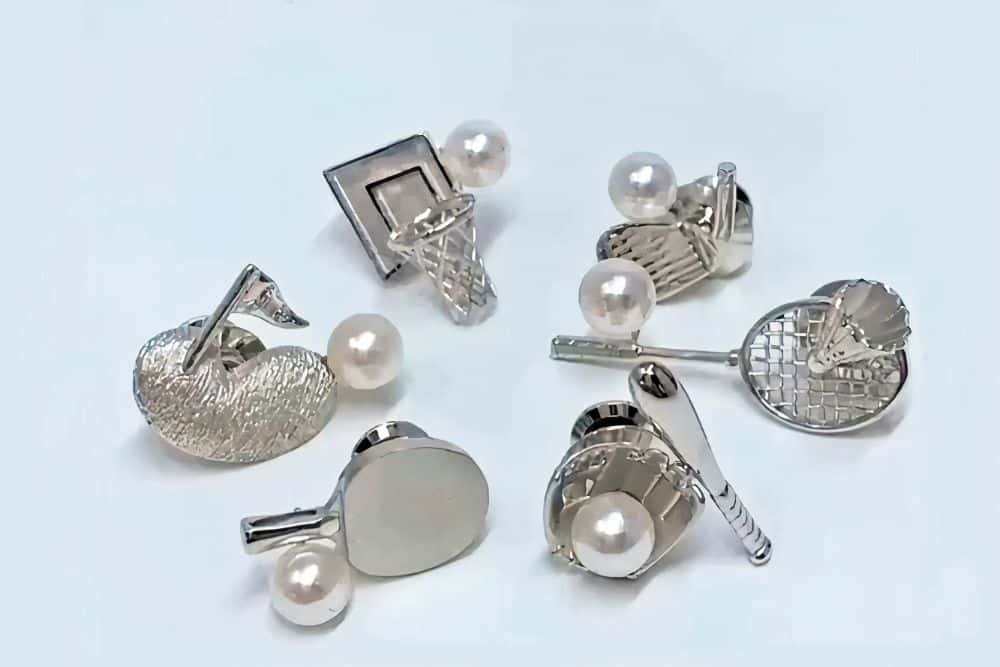
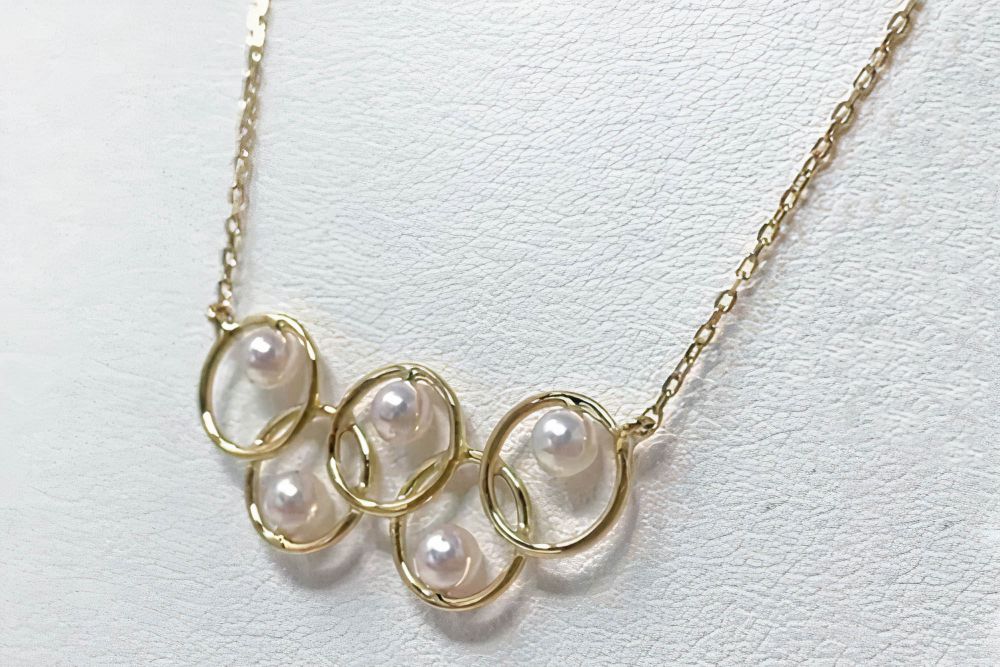
The Origin Of Akoya Pearls
As early as the 19th century, people living in Ise Shima Japan discovered that natural pearls were formed in the shell creatures salvaged from fishing nets, and thought at first that pearls might be formed by mother shellfish accidentally swallowing ocean particles. Demand for this unique object of beauty increased rapidly, and natural pearls were quickly in short supply due to unsustainable harvesting practices.
With the local pearl market under threat of collapse, the race was on to come up with a way to artificially cultivate pearls in a sustainable way. Among those early innovators, the person who first obtained a patent for sustainably cultured pearls was Mr Kokichi Mikimoto, having successfully cultivated the world’s first artificially cultured Akoya pearl in 1893.
Subsequently, Kokichi Mikimoto sent craftsmen to various parts of Europe to learn the most advanced jewelry design techniques at the time to promote the concept of artificially cultured pearls. In 1899, Mikimoto founded the world-renowned pearl brand MIKIMOTO under his own name. That same year, the first Mikimoto Pearl Shop opened in Ginza Tokyo.
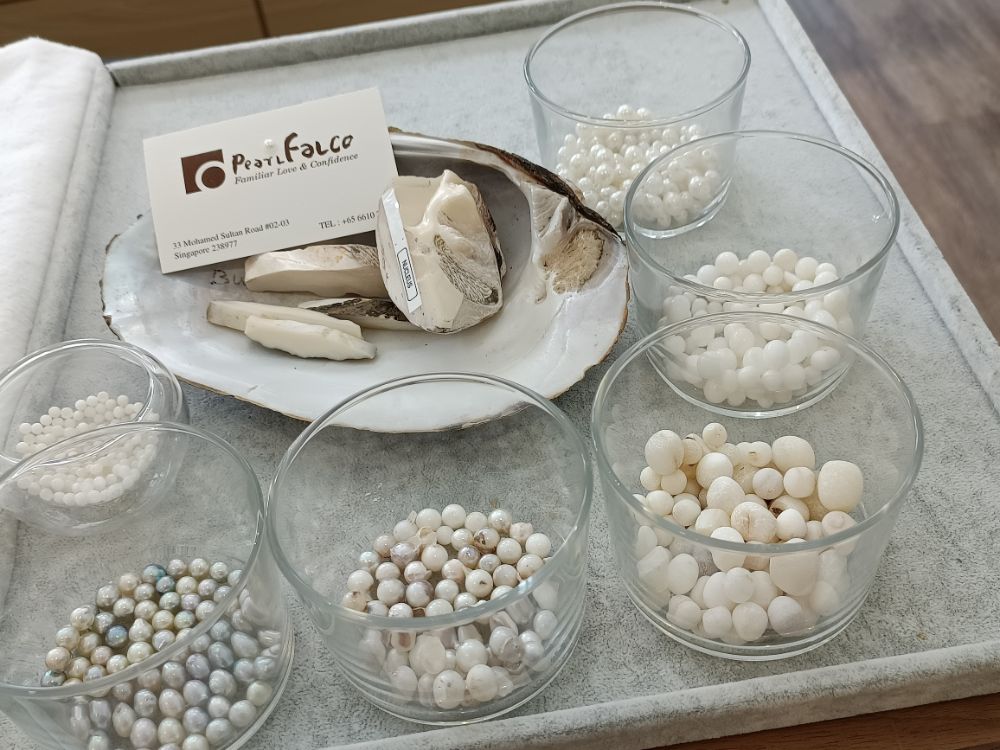
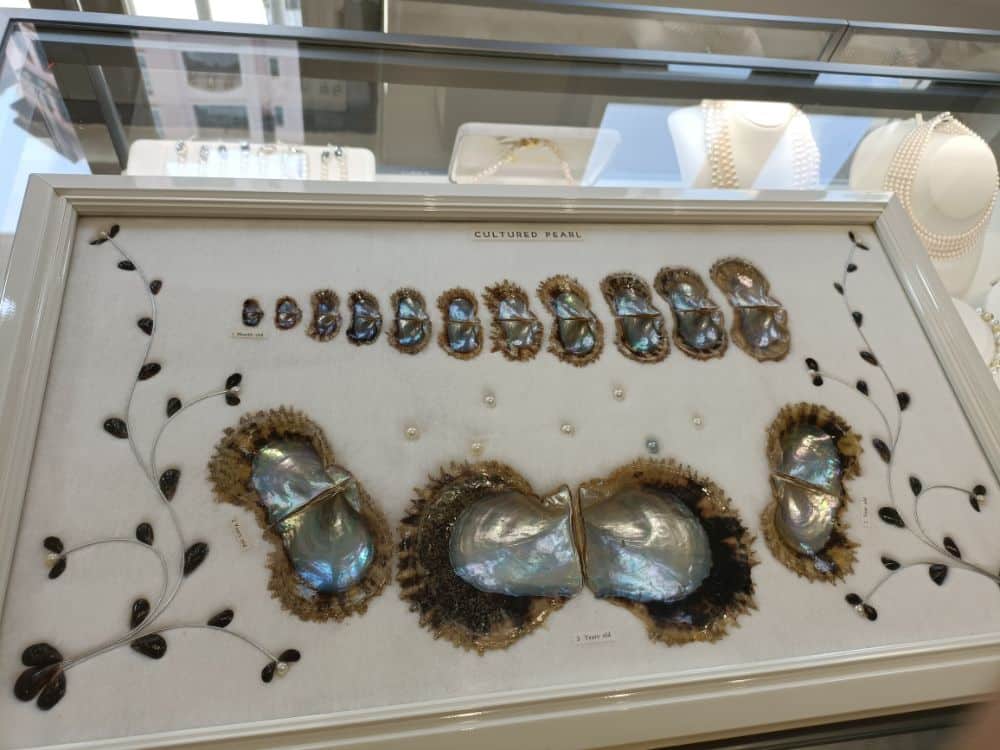
Maiko Maikito, originally from Ise Shima and the head of the luxury pearl jewelry brand, Pearl FALCO explained, “Pearls are the only living gems in the world, born in nature and cultivated with human love and devotion.”
Currently, 97% of the world’s varieties of pearls are freshwater, while only 3% are saltwater pearls, of which Akoya pearls from the ocean waters around Ise Shima Japan account for 1.5%.
So why is the production of saltwater pearls so challenging? On average, an Akoya Mother Oyster will cultivate only 1 to 2 pearls in her lifetime. The species is delicate and can only live in calm ocean waters in temperatures ranging from 5°C to 25°C.
In addition, it is not possible to breed in winter while typhoons must be avoided in other seasons. Especially in the last several years, compounding factors such as ocean pollution and climate change caused by global warming, a large number of mother oysters have perished and Akoya pearl cultivation has decreased dramatically.
Like all forms of farming, successful cultivation requires human diligence and cooperation with a range of natural parameters and conditions. The Akoya pearl cultivation process is especially time consuming and arduous, further explaining their unique value in the world of fine jewelry. Next time you visit a Pearl FALCO Gallery, you can better appreciate what Maiko means when she says how each finished pearl of the vast array of Akoya pearl jewelry designs you see has been touched at least 3000 times before going on display.
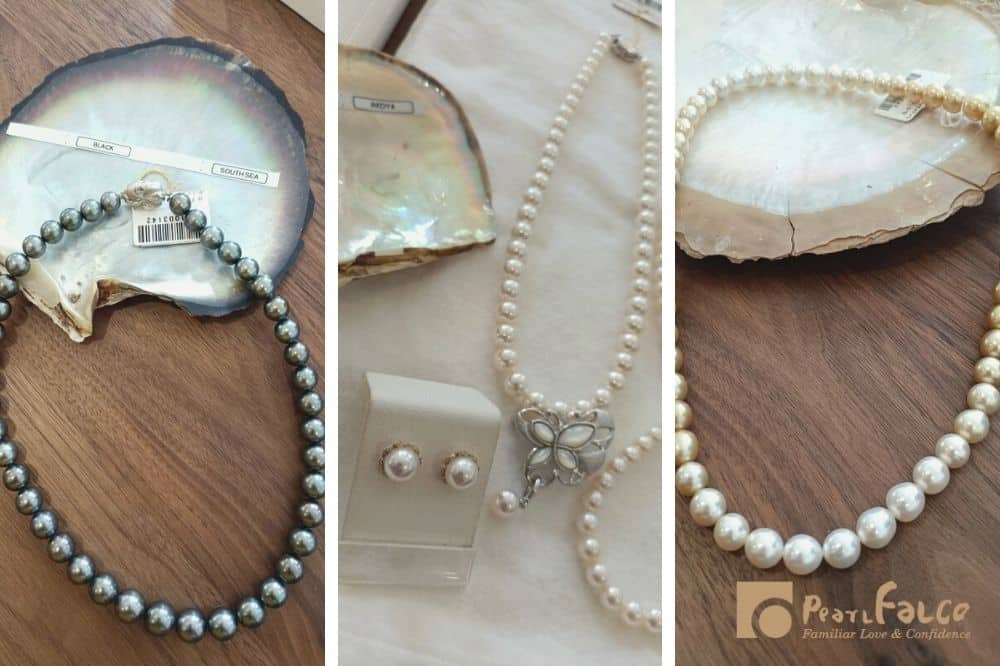
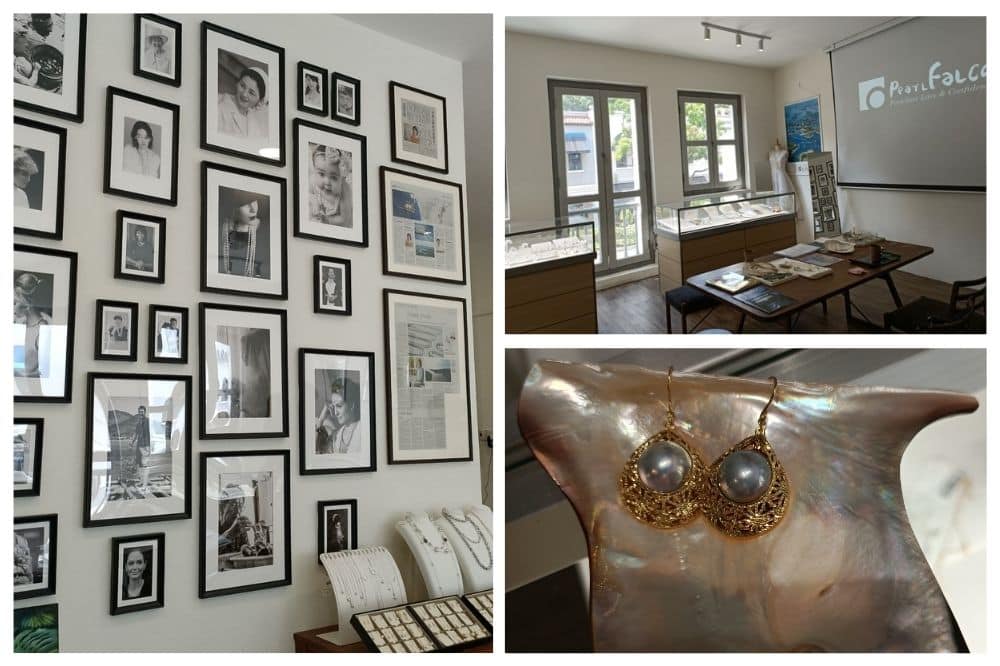
Maiko is proud of how sustainable pearl cultivation originated in her hometown of Ise Shima Japan, practices that were later adopted by pearl farmers and craftsmen all over the world. People are naturally attracted to exquisite pearl jewelry, but are oftentimes not as familiar with how much hard work goes into pearl cultivation. Maiko hopes to share the story behind pearls with more people throughout the world.
Near the end of the conversation, Maiko showed us one of Pearl FALCO’s latest Akoya pearl jewelry designs, a Baroque Pearl Necklace. Baroque pearls refer to irregular pearls that are different from round pearls. Once regarded as inferior, Baroques have taken on a new unique role in the world of luxury pearl jewelry.
